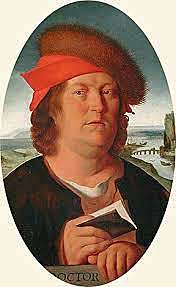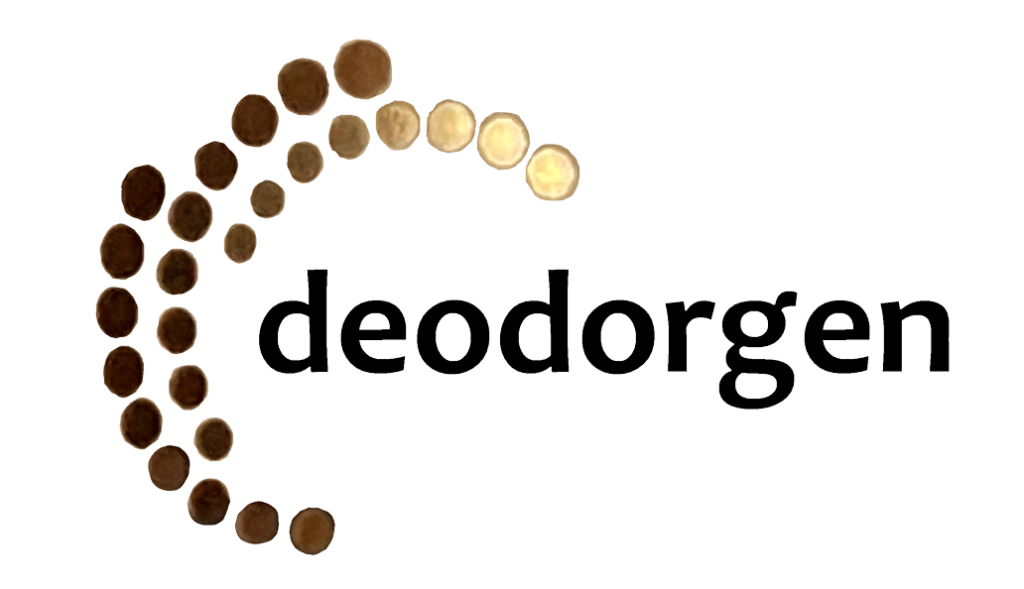Parabens
Parabens are Produced in Plants and Animals
Parabens are a class of chemicals, some of which are produced naturally in plants and animals, others made in laboratories and factories.
Para-hydroxybenzoic acid (PHBA) is the one found in fruits and vegetables. Humans make it after drinking green tea. It is found in many plants that humans consume and is considered an antioxidant in appropriate doses.
The Difference between Poison and Food
 Paracelsus, the Father of Toxicology, correctly observed many years ago the difference between a poison and food: “What is there that is not poison? All things are poison and nothing is without poison. Solely the dose determines that a thing is not a poison,”
Paracelsus, the Father of Toxicology, correctly observed many years ago the difference between a poison and food: “What is there that is not poison? All things are poison and nothing is without poison. Solely the dose determines that a thing is not a poison,”
The toxic dose of PHBA in mice is 2200 milligrams of PHBA per kilogram of mouse.
The toxic dose of Tylenol in mice is only 338 milligrams per kilogram of mouse.
The thing about toxic materials is that organisms can safely eliminate small amounts before toxic symptoms can appear. Why is this important? Because our own bodies produce toxic substances which we quickly eliminate before they can hurt us.
Parabens as Preservatives
Parabens are used as preservatives in cosmetics in high enough concentrations that they prevent the growth of mold and bacteria. Cosmetics contain oils and proteins that bacteria can live on. Common parabens are methylparaben, propylparaben, butylparaben, and ethylparaben. They are not usually found in deodorants anymore but are common in many other products including food.
Some manufacturers prey on consumer fears by touting their products as paraben free.
Parabens have had bad press for imitating human hormones or being implicated in questionable medical studies.
So manufactures avoid them and brag that their products don’t contain parabens. Consumers accept that its a good thing and buy the product.
Why we don’t use Parabens?
The answer is simple. They wouldn’t add anything to the effectiveness of deodorme.
